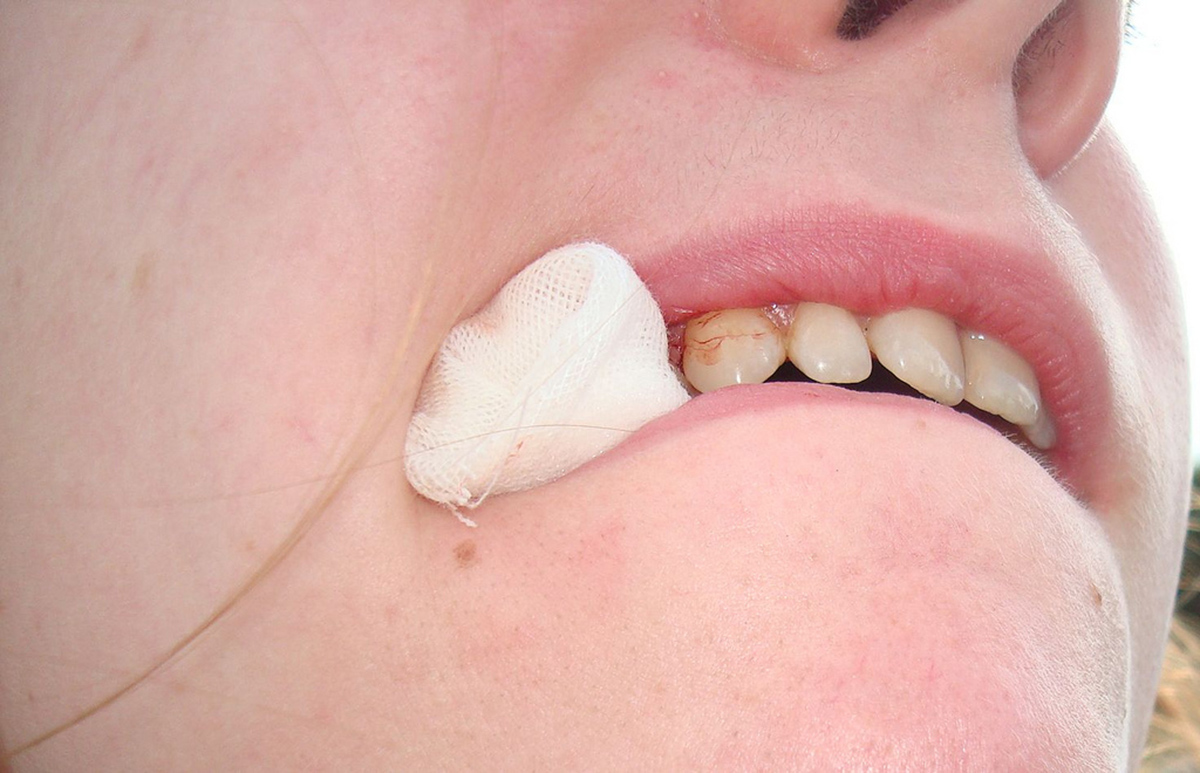Table of Contents
‘Your tooth needs to be extracted’. These could be quite possibly some of the most terrifying words for a patient to hear as they sit on the dental chair. Visions of blood, pain and swelling flood the mind and every instrument starts to seem like a weapon of torture. Thankfully, the procedure itself is nothing like how people imagine it to be. In fact, Dentistry has undergone a huge shift in treatment planning from a time when extraction used to be the first choice of treatment to it being that absolute last alternative.

Surprisingly though, a lot of misconceptions and unfounded fears are associated with complications of extraction. Most of these complications are rather minor and take care of themselves; however there are a few rare occasions when serious complication can be encountered as well.
Pain During The Procedure
This is usually the first thing that a patient inquires about when informed that he or she will have to undergo an extraction. Here is the short answer. There should be absolutely no pain whatsoever. Dentists will avoid saying such a thing to their patients because they do not want to set extremely high expectations (it is always better to promise less and deliver more), while at the same time pain is subjective in nature and varies widely from person to person. What one person may find unbearably painful will be mildly unpleasant to another.
The sensation of pressure however is still felt by the patient. In case of a difficult extraction, where a large amount of force is applied during the extraction, this pressure is perceived as pain by an apprehensive patient. The presence of an active infection or an abscess can also make the local anesthesia less effective than in normal condition, however this is something that can be easily managed by changing the alkalinity of the anesthetic solution.
Pain After The Procedure
It is important to understand that once a tooth has been extracted, the socket healing takes a minimum of seven days. Of these seven days, the first couple of days are the ones when some amount of pain can be experienced. There are a number of reasons why this pain might occur. Some amount of pain is associated with the process of inflammation that accompanies normal wound healing. This is not very severe and is easily managed by over the counter pain medication. Another cause is muscular pain.
Our jaw muscles are notorious for being extremely weak as compared to most other species and can take several days to recover. Some amount of pain while talking, chewing and swallowing and even drinking water can persist for a couple of days after the extraction procedure.
See Also: Oral Hygiene: Dental Care Mistakes You Could Be Making
There is another condition called as a Dry Socket, which is extremely painful and occurs after traumatic extractions. This condition occurs when a clot is not allowed to stabilize over the healing site leading to necrosis of the bone. Avoiding spitting is one simple way to reduce the chance of dislodging the clot. Another is to keep the post operative pack for the prescribed time.
- Photo courtesy of Spider.Dog via Flickr: www.flickr.com/photos/spiderdog/3865673656
- Photo courtesy of Rdirwin via Flickr: www.flickr.com/photos/dizzyrachel/3571853314
- 1. https://en.wikipedia.org/wiki/Dental_extraction
- 2. http://www.nhs.uk/Conditions/Wisdom-tooth-removal/Pages/Complications.aspx
- 3. http://www.webmd.com/oral-health/wisdom-tooth-extraction

